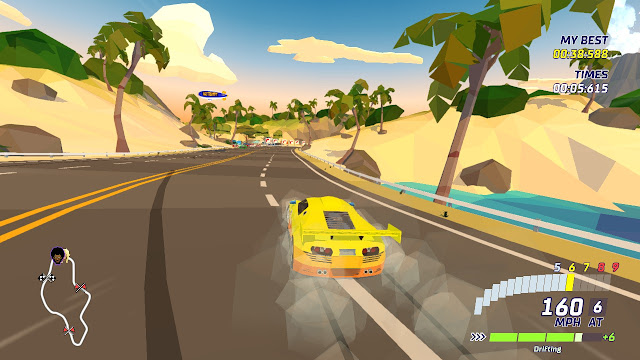Mad Dogs and Spacemen: Why the Terran Frigate is the Mad Dog of Infinite Space
In the Infinite Space trilogy, the Terran frigate is one of the most recognizable capital ships, having appeared in every game with the exception of the original Strange Adventures in Infinite Space. It's also good value for money, costing no more than 500 credits when you trade in a lesser Terran capital ship for it. OK, so it's not as fast, agile, or capacious (in terms of cargo space) compared to a Terran corvette, but its greater size gives it one additional weapon slot in addition to an extra equipment slot (although it lacks the fourth hardpoint of the larger, but slower, less maneuverable, and far more expensive Terran destroyer). Also, with its wide weapon coverage, it's a solid, if relatively unspectacular, choice among frigates in Sea of Stars, and is most commonly employed as a long-range missile boat, with additional shorter-ranged weapons for backup. In fact, the Terran frigate's role, default loadout, and performance remind me of one of the more common Clan OmniMechs in BattleTech: the Mad Dog, better known in the Inner Sphere as the Vulture. This 'Mech is not quite as capable as the more expensive and heavier Timber Wolf/Mad Cat, but is far more affordable and readily available by comparison.
The stock loadout for a Terran frigate, as shown in the scenario editor (above), compared with a highly upgraded custom configuration I acquired in a normal game (below). The standard setup is effective at all ranges, but when upgraded with stronger shields, longer-ranged missile launchers, and more advanced thrusters and/or engines, along with any other higher-end equipment, it becomes even more formidable, to the point that it can take on entire fleets on its own without too much effort.
Just as the Terran frigate (with or without the the rear-facing turret that's part of the optional Advanced upgrade) is one of the premier missile boats in the Infinite Space trilogy (its description even explicitly states that it is the mainstay of the Terran fleet), the Mad Dog (Vulture) fulfills a similar role among the Clans of BattleTech, being a common sight in their toumans, and providing excellent value for money by being very effective at indirect fire support (although it's not quite as capable overall as the heavier, but more expensive, Timber Wolf/Mad Cat). A few configurations buck this trend by not having any missile weapons by default, but they are the exception that proves the rule.
Above, from top: Three different configurations for the Mad Dog/Vulture (a 60-ton Clan heavy 'Mech), as shown in MechDB: the stock Prime configuration, a more optimized LRM boat using the MDD-B set of 8 OmniPods, and an SRM brawler based on the Revenant (an apocryphal Hero variant), but with the arms of the Prime and the side torsos of the MDD-A.
In short, you can't go far wrong with a Terran frigate in the Infinite Space universe, just as the Mad Dog has never let the Clans of BattleTech down over the centuries.




























